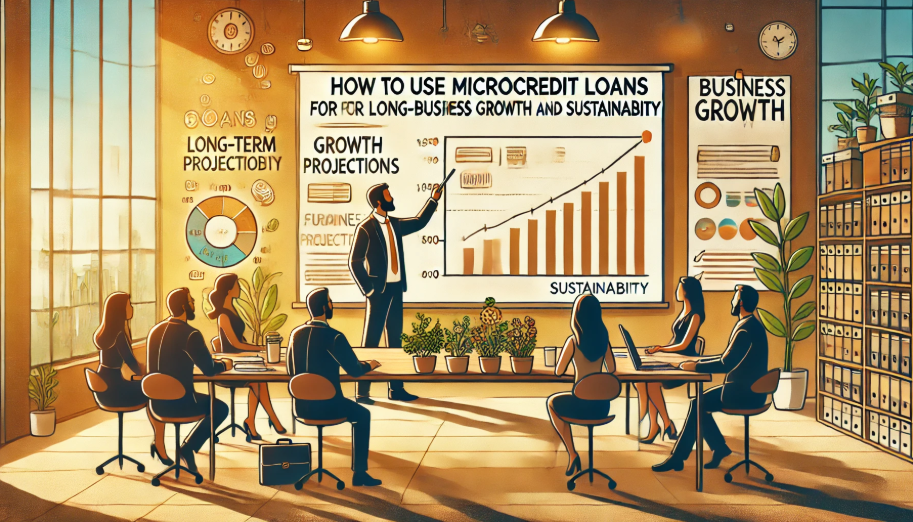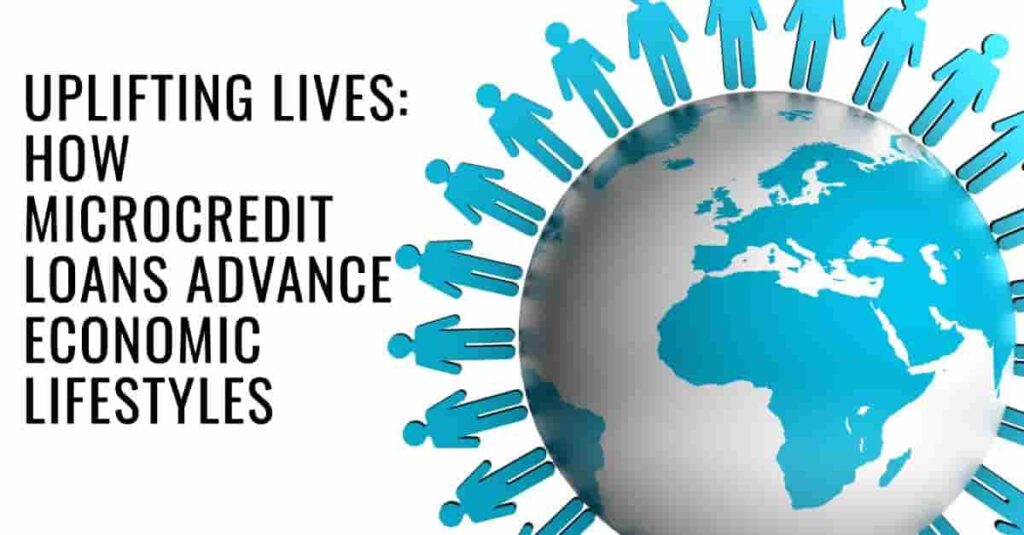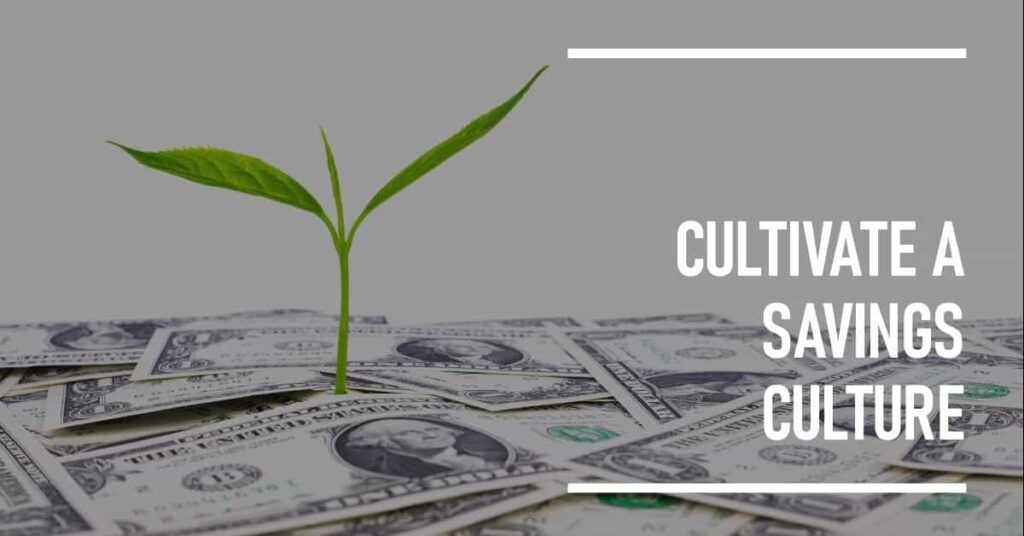How to Use Microcredit Loans for Long-Term Business Growth and Sustainability
Microcredit loans have emerged as a transformative financial tool, enabling small business owners and entrepreneurs to access much-needed capital. Organizations like the Valdymas Entrepreneurial and Transformational Leadership Empowerment Program (VETLEP) are at the forefront of this movement, offering flexible and affordable loans alongside mentorship and training. To fully harness the potential of microcredit loans for long-term business growth and sustainability, entrepreneurs must focus on effective planning, strategic investments, and capacity building.

The Role of Microcredit Loans in Business Growth
Microcredit loans provide entrepreneurs with the initial capital needed to start or expand their businesses. Access to capital is particularly vital for businesses in underserved communities where traditional banking services may be inaccessible (Yunus, 1999). According to a study by Banerjee et al. (2015), microcredit loans enable small business owners to invest in inventory, equipment, or marketing, all of which are crucial for growth. VETLEP exemplifies this approach by providing low-interest loans with no hidden fees, ensuring that entrepreneurs can focus on building their businesses without financial strain.
Strategic Utilization of Microcredit Loans
To maximize the benefits of microcredit loans, entrepreneurs must adopt a strategic approach. First, they should conduct a thorough market analysis to identify profitable opportunities. This helps ensure that borrowed funds are invested in areas with high growth potential. Second, maintaining a detailed business plan is essential for aligning financial resources with business goals (Dorfleitner et al., 2013). VETLEP’s training programs in financial management equip entrepreneurs with the skills to create and execute such plans effectively.
For example, entrepreneurs can use microcredit loans to purchase advanced technology or tools that improve productivity. Investing in modern equipment not only enhances efficiency but also positions the business to scale operations sustainably (Rahman, 2021). Similarly, allocating a portion of the loan toward marketing can increase brand visibility and attract new customers, thereby boosting revenue.
Building Long-Term Sustainability
While microcredit loans can provide a foundation for growth, sustainability requires ongoing effort and adaptability. Entrepreneurs should prioritize building a strong customer base and diversifying income streams to mitigate risks. VETLEP’s mentorship programs emphasize leadership development and innovative thinking, which are critical for navigating challenges in competitive markets.
Additionally, reinvesting profits into the business is a key strategy for long-term sustainability. A study by Karlan and Zinman (2011) revealed that businesses that reinvest a significant portion of their earnings tend to achieve higher growth rates compared to those that rely solely on external financing. Entrepreneurs can use the skills gained from VETLEP’s training programs to identify areas where reinvestment will yield the highest returns.
Challenges and Mitigation Strategies
Despite their advantages, microcredit loans come with challenges, such as the risk of over-indebtedness and economic uncertainties. To address these, VETLEP provides tailored repayment plans that align with the variable income streams of small businesses. Entrepreneurs must also adopt prudent financial management practices, such as maintaining an emergency fund and regularly reviewing financial performance (Ledgerwood, 1999). By fostering resilience and adaptability, entrepreneurs can safeguard their businesses against unforeseen disruptions.
Microcredit loans, when utilized effectively, can be a catalyst for long-term business growth and sustainability. Through strategic investments, capacity building, and prudent financial management, entrepreneurs can transform their ventures into thriving enterprises. Organizations like VETLEP play a vital role in this process by offering not only financial support but also mentorship and training programs that empower entrepreneurs. By leveraging these resources, small business owners can contribute to economic development and create a more equitable future.
References
- Banerjee, A., Duflo, E., Glennerster, R., & Kinnan, C. (2015). The miracle of microfinance? Evidence from a randomized evaluation. American Economic Journal: Applied Economics, 7(1), 22–53.
- Dorfleitner, G., Leidl, M., & Priberny, C. (2013). Explaining success in microcredit lending: New evidence from Indonesia. Quarterly Review of Economics and Finance, 53(3), 253–262.
- Karlan, D., & Zinman, J. (2011). Microcredit in theory and practice: Using randomized credit scoring for impact evaluation. Science, 332(6035), 1278–1284.
- Ledgerwood, J. (1999). Microfinance handbook: An institutional and financial perspective. World Bank Publications.
- Rahman, M. W. (2021). Leveraging microcredit for small business growth: A case study approach. Journal of Development Studies, 57(2), 345–362.
- Yunus, M. (1999). Banker to the poor: Micro-lending and the battle against world poverty. Public Affairs.



